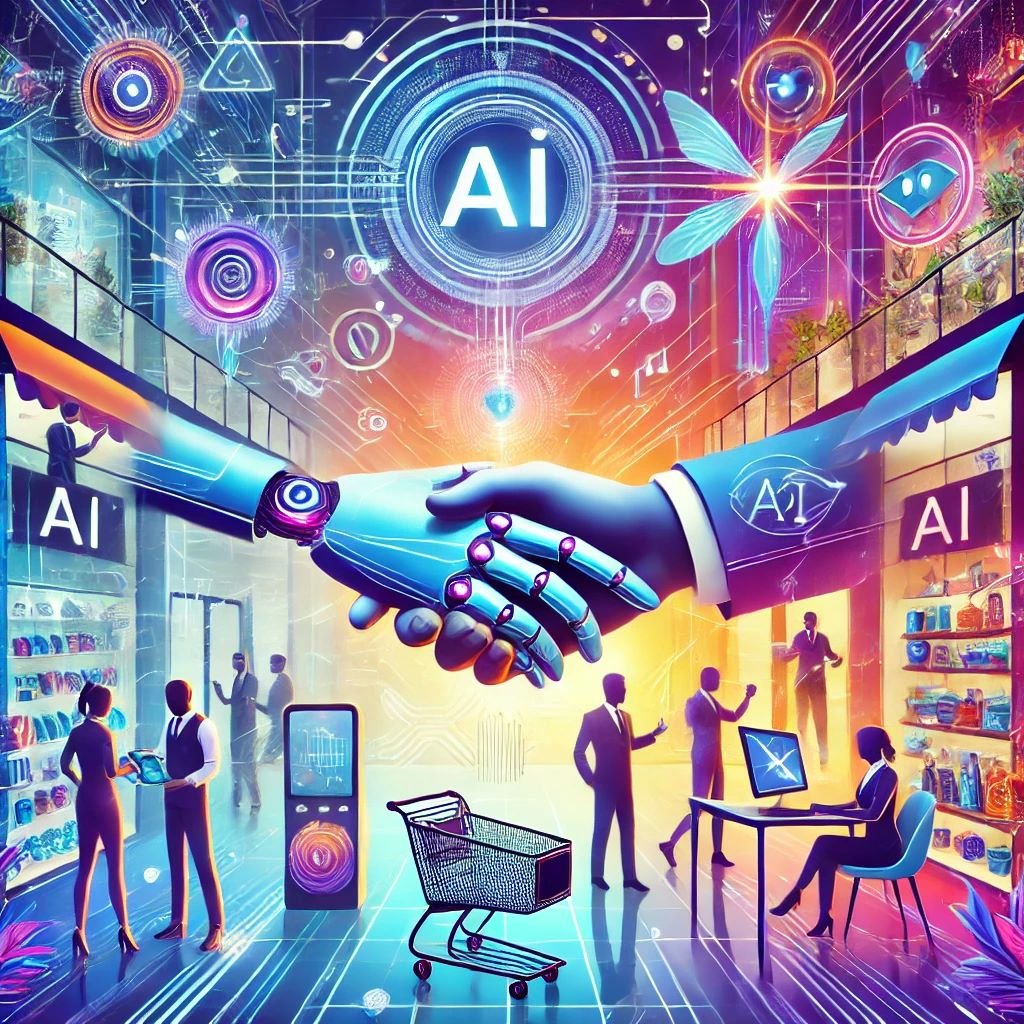
Unconventional Approaches to Agentic AI: Rethinking the Role of Autonomy in Technology
As the capabilities of artificial intelligence expand, the rise of Agentic AI represents a bold leap forward in how we interact with technology.
These autonomous systems act with purpose, adapt dynamically, and make decisions with minimal human oversight.
While conventional approaches to AI often focus on predefined tasks and static environments, Agentic AI thrives on independence and adaptability.
However, unlocking its true potential requires breaking away from traditional paradigms.
In this blog, we’ll explore the unconventional approaches that are reshaping the role of autonomy in technology, uncover the untapped opportunities they present, and consider how these methods are challenging established norms.
What Makes Agentic AI Different?
Agentic AI redefines the way systems operate. Unlike traditional AI systems, which are task-specific and reactive, Agentic AI exhibits autonomy.
It doesn’t just perform tasks—it identifies goals, devises strategies, and executes actions in real time, all while learning from its environment.
For example:
- In disaster management, Agentic AI doesn’t wait for instructions; it assesses damage, prioritizes critical zones, and coordinates rescue efforts autonomously.
- In e-commerce, AI systems can analyze customer behavior in real time, predict needs, and proactively suggest solutions tailored to individual preferences.
This level of autonomy is where unconventional approaches come into play.
Unconventional Approaches to Building Agentic AI
Hybrid Human-AI Collaboration
One unconventional approach to Agentic AI is designing systems to operate alongside humans, blending autonomy with guided interaction. Instead of replacing human input, these systems use autonomy to enhance human decision-making.
- Example: In creative fields like design or writing, Agentic AI systems suggest novel ideas, allowing humans to refine and improve them collaboratively.
- Why It Works: This hybrid model ensures that the system’s decisions are guided by human intuition while leveraging the AI’s analytical and adaptive strengths.
Emergent Intelligence in Multi-Agent Systems
While most AI systems are designed to act independently, Agentic AI can also thrive in environments where multiple autonomous agents work together. This collaboration can lead to emergent behaviors—unexpected yet beneficial solutions.
- Example: In warehouse logistics, multiple robots equipped with Agentic AI coordinate to optimize storage, route planning, and inventory tracking without centralized control.
- Unconventional Twist: Instead of programming specific interactions, developers allow agents to learn cooperative strategies through trial and error, resulting in innovative solutions.
Unsupervised Learning with Minimal Training
Traditional AI relies heavily on supervised learning and labeled data. An unconventional approach in Agentic AI development is focusing on unsupervised or self-supervised learning, allowing agents to adapt without extensive human intervention.
- Example: In autonomous farming, AI systems analyze patterns in weather, soil conditions, and crop health without relying on pre-labeled data, enabling them to make real-time adjustments.
- Why It’s Revolutionary: By reducing the dependency on large datasets, this approach accelerates deployment and enhances scalability.
Purpose-Driven Design with Adaptive Ethics
Building ethical AI often focuses on hard-coded rules, but Agentic AI requires a more nuanced approach. Adaptive ethics involves designing systems that align their actions with human values while adjusting to context-specific needs.
- Example: Autonomous vehicles prioritize safety by dynamically balancing passenger protection with broader societal considerations, such as avoiding harm to pedestrians.
- Why It’s Unconventional: Instead of rigid programming, developers embed principles that allow the system to evaluate and adapt ethical decisions in real time.
Simulated Evolution for Real-World Problem Solving
An unconventional yet highly effective method for developing Agentic AI is simulated evolution. This involves creating virtual environments where agents evolve their strategies through iterative learning.
- Example: In defense applications, simulated environments are used to train drones to navigate hostile terrains, avoid threats, and complete missions autonomously.
- Why It Works: Simulated evolution allows agents to encounter countless scenarios, refining their abilities in ways that mimic natural selection.
How These Approaches Are Redefining Autonomy
Proactive Problem-Solving
Conventional AI waits for input; Agentic AI anticipates challenges and addresses them proactively.
- Example: In cybersecurity, autonomous systems identify vulnerabilities and implement defenses before attacks occur.
Unstructured Environment Adaptation
Agentic AI thrives in unstructured and unpredictable environments where traditional AI struggles.
- Example: In healthcare, AI agents monitor patients’ conditions in real time, adapting treatments as new symptoms or complications arise.
- Creative Applications
By combining autonomy with creativity, unconventional approaches unlock new possibilities for innovation.
- Example: In architecture, AI systems propose unconventional designs by analyzing urban environments, cultural trends, and sustainability goals.
Challenges of Unconventional Approaches
While these methods offer immense potential, they also come with unique challenges:
Unpredictability of Emergent Behaviors
Emergent intelligence can lead to unexpected outcomes, which may be difficult to control or interpret.
- Solution: Employ sandbox environments to rigorously test and monitor emergent behaviors before real-world deployment.
Ethical Complexity
As systems become more autonomous, embedding context-specific ethical considerations grows more challenging.
- Solution: Combine adaptive ethics with human oversight to ensure accountability and fairness.
Scalability Issues
Deploying Agentic AI across large-scale systems can be resource-intensive and technically complex.
- Solution: Leverage modular design, where individual agents operate independently but contribute to a unified system.
Industries Embracing Unconventional Approaches
Energy
Agentic AI systems manage renewable energy grids, autonomously balancing supply and demand while adapting to weather changes.
Education
AI tutors assess student progress in real time, creating personalized lesson plans and adapting teaching strategies on the fly.
Disaster Response
Autonomous agents coordinate rescue missions, map disaster zones, and prioritize resource distribution without waiting for human direction.
Entertainment
In video games, multi-agent AI systems create lifelike, adaptive NPCs that respond dynamically to player actions, enhancing immersion.
Why Unconventional Approaches Are the Key to the Future
Unconventional approaches challenge the status quo, pushing Agentic AI to redefine autonomy and purpose.
By fostering collaboration, creativity, and adaptability, these methods unlock the full potential of intelligent systems to address the complex, unpredictable challenges of the modern world.
As businesses and innovators embrace these techniques, Agentic AI will continue to evolve—moving from tools of convenience to transformative technologies capable of reshaping industries, solving global problems, and improving lives.
